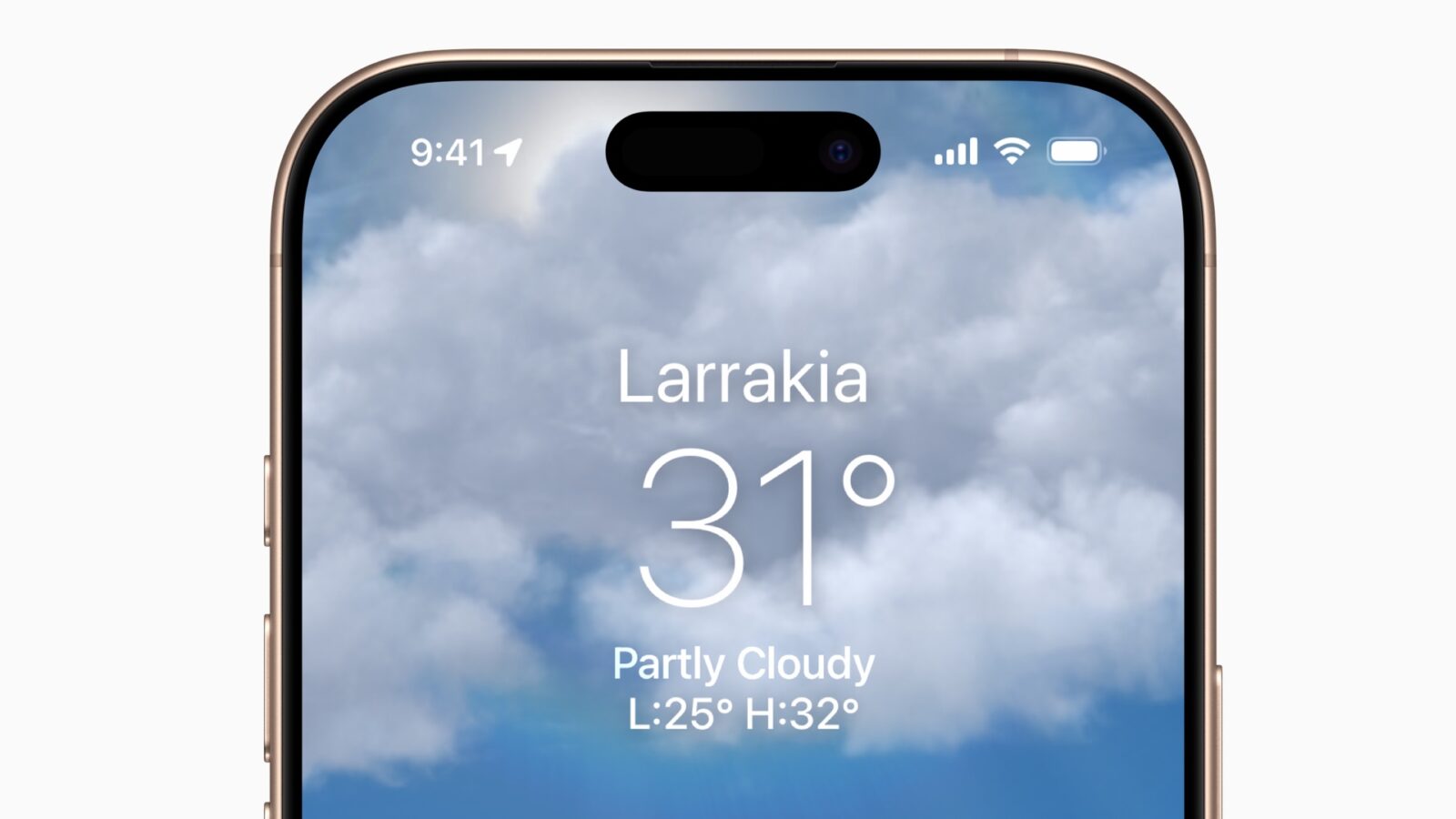Apple is putting Indigenous place names into Maps for Australia and Aotearoa New Zealand

In what’s being rightly-hailed as a “meaningful moment” for Indigenous peoples of Australia and Aotearoa New Zealand, Apple Maps will start displaying the names of Indigenous lands in both countries from today.
Apple Maps will now show two place names (for places where an Indigenous name is recognised): the colonial name and the ancestral Indigenous name.
Apple Maps will also display reserves and Indigenous Protected Areas, Indigenous place names, Traditional Country, and dual-language labels.
Here’s what it will look like from today.
Traditional owners of these lands can also “claim” Place Cards and use them to fill in detailed feature information about the local area, include their own photos and more to help tell the centuries-long stories of their significance.
Apple said in a statement that it worked with data from the Australian Institute of Aboriginal and Torres Strait Islander Studies, then combined it with “information from local language holders, language centres, Aboriginal Land Trusts, and ranger groups to inform the updates in Apple Maps”.
Plus, you’ll start seeing it in more than just Apple Maps, too. Searching an ancestral name on apps built using MapKit (including Find My and Weather to start), will see them pop up in the UI.
For me, this is a great move and a welcome addition to Apple Maps. It’ll allow for greater visibility of this cultural history and start more conversations about it among Australians everywhere.
For others, it may seem like something designed to make them cranky.
My take: this will cause a stir. It shouldn’t.
Some may misrepresent this move by Apple as a willingness to engage the so-called identity politics that is currently in vogue.
These complaints – along with other disingenuous cries of so-called “reverse racism” or “colonial erasure” – are baseless and, in many cases, undeserving of being assigned any credibility.
Remember: nothing is being taken away here.
Colonial place names like Sydney’s Farm Cove (for example) are still going to be used on Apple Maps. They’ll just appear alongside the ancestral name of the same place. For Farm Cove, the traditional name Wahganmuggalee.
It’s a public marker that recognises the history of our nation. Indigenous Australians acted as traditional caretakers of this land for tens of thousands of years before colonialists even thought about coming down here. The move to display traditional names alongside colonial names is an act of recognition, not one of political provocation.
If you’ve read it, Apple’s statement says nothing about “wokeness”. Nothing about “DEI”. Not once does it connect the use of Indigenous place names in Australia or Aotearoa with any kind of political activism whatsoever.
These names are being used to better represent the culture and history of Indigenous lands for Apple Maps users in Australia/Aotearoa and around the world. That’s all.
Again, Apple isn’t taking away colonial place names as part of this move. Those who would complain about the inclusion of Indigenous place names alongside colonial names – as they often do – complain in bad faith.
Indigenous names are already used around the world in Maps
Apple hasn’t suddenly decided to add these traditional names to places in Australia and Aotearoa. In fact, Australia and Aotearoa join a club of other nations where ancestral names are used alongside their colonial counterparts.
In the United States – ground zero for racial culture wars in 2025 – Apple has recognised the borders of Indigenous nations and reservations for over two years now. It’s the same in Canada, too.
And to be fair, Australia has been recognising ancestral names for some time in the public sphere without anyone spontaneously combusting. Notice how everyone calls it Uluru these days?
This isn’t about replacing colonial history. It’s more about rebalancing to acknowledge the history of our great nation as a whole so we can do better in the present and future.
Why using Indigenous place names matters in Australia and Aotearoa New Zealand
Changing maps to reflect both traditional and colonial names simultaneously is about being accurate and inclusive. It’s about telling the full story of the land, not just the one written since 1788.
These ancestral names recognise languages and cultures that were trampled by 18th century colonialism. Restoring them onto the digital maps people use every day is about restoring a connection to Country for Indigenous Australians.
It also – importantly – keeps Indigenous languages alive. Many different languages were spoken and recognised, and since colonial settlement, many have been lost to history forever.
Importantly, this isn’t a new map layer or feature that can be turned on or off. You can’t turn history on or off after all.
You can check out more on the announcement on Apple’s Newsroom, and find out all about the other programs Apple is running in Australia to increase access to education.
Luke Hopewell is the editor and co-founder of Redaktör. He's previously been the Editor of Gizmodo, Founding Editor of Business Insider Australia, Editorial Lead for Twitter Australia and more.




